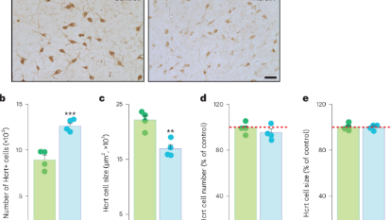A Substantial Number of Patients Diagnosed with MIS-C No Longer Meet Updated Definition Criteria”

“Revised MIS-C Definition: Nearly 20% of Previously Diagnosed Cases No Longer Qualify”
Researchers report that almost 20% of patients previously diagnosed with Multisystem Inflammatory Syndrome in Children (MIS-C) based on the 2020 definition would not meet the criteria under the updated 2023 definition.
READ: Navigating Amsterdam’s Waterways: A Canal Cruise Experience
Diagnosed
The revised definition, effective from January 1, 2023, aims to improve accuracy in identifying MIS-C cases, differentiating them from conditions like Kawasaki disease. A study analyzed 119 patients diagnosed with MIS-C under the 2020 definition, revealing that 17% would no longer fit the updated criteria. The 2023 definition removes the requirement for a duration of subjective or measured fever but introduces other indicators like C-reactive protein levels.
“Long-Term Vascular Impact of MIS-C in Children: Persistent Microvascular Damage Identified”
A separate study conducted in Finland examined the lasting clinical effects of MIS-C on vascular changes in children. The research, published in JAMA Pediatrics, involved assessing 18 children with MIS-C and matched healthy controls.
During the acute phase, patients with MIS-C exhibited significantly damaged microcirculation, including lower median microvascular flow index, quantified total vessel density, and proportion of perfused vessels. The impaired microcirculatory parameters persisted during follow-up, suggesting long-term associations with arterial stiffness.
The study implies that MIS-C’s pathogenesis may extend beyond the acute hyperinflammatory reaction, involving independent effects of SARS-CoV-2 on the endothelium and vascular system.




